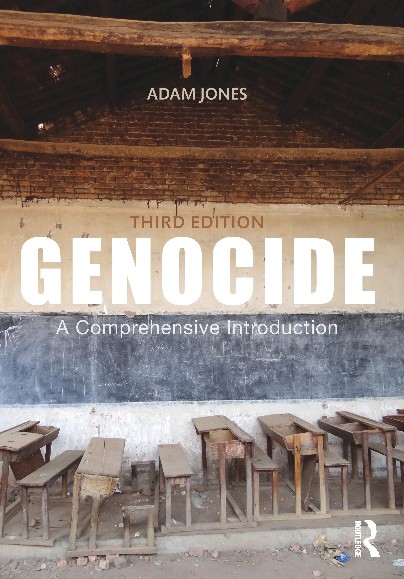 |
| "George Clooney visits Sudan to draw attention to the dangers that could result should southern Sudan vote to separate from the north." (Tim Freccia/Enough Project) |
By Mark Benjamin
Time.com, December 28, 2010
"George Clooney and John Prendergast slumped down at a wooden table in a dusty school compound in southern Sudan. It was Oct. 4, and the two men were in the hometown of Valentino Achak Deng, whose experiences wandering the desert as a refugee during Sudan's last civil war were the basis for the best-selling book What Is the What. Clooney, the actor, and Prendergast, a human-rights activist with 25 years of experience in Africa, had heard enough on their seven-day visit to know that a new round of atrocities could follow the January referendum on independence. If it did, the likelihood was that no one would be held accountable. Why not, Clooney asked, 'work out some sort of a deal to spin a satellite' above southern Sudan and let the world watch to see what happens? Three months later, Clooney's idea is about to go live. Starting Dec. 30, the Satellite Sentinel Project -- a joint experiment by the UN's Operational Satellite Applications Programme, Harvard University, the Enough Project and Clooney's posse of Hollywood funders -- will hire private satellites to monitor troop movements starting with the oil-rich region of Abyei. The images will be analyzed and made public at www.satsentinel.org (which goes live on Dec. 29) within 24 hours of an event to remind the leaders of northern and southern Sudan that they are being watched.
'We are the antigenocide paparazzi,' Clooney tells TIME. 'We want them to enjoy the level of celebrity attention that I usually get. If you know your actions are going to be covered, you tend to behave much differently than when you operate in a vacuum.' You don't have to be a spook to have an eye in the sky anymore. Private firms with names like GeoEye, DigitalGlobe and ImageSat International have a half-dozen 'birds' circling the globe every 90 minutes in low-Earth orbit, about 297 miles (478 km) up. The best images from these satellites display about 8 sq. in. (50 sq. cm) of the ground in each pixel on a computer screen. That is not enough granularity to read a car's license plate or ID a person, but analysts can tell the difference between cars and trucks and track the movements of troops or horses. 'It is Google Earth on lots of steroids,' says Lars Bromley, a top UN imagery analyst. But you need money for it. A hurry-up order of what Bromley calls a 'single shot' from a satellite covers an area of about 105 sq. mi. (272 sq. km) and costs $10,000. A rush job on a 'full strip' image of land roughly 70 miles (115 km) long and 9 miles (14 km) wide could run nearly $70,000. Sentinel is launching with $750,000 in seed money from Not On Our Watch, the human rights organization Clooney founded along with Don Cheadle, Matt Damon, Brad Pitt, David Pressman and Jerry Weintraub. Clooney predicted he won't have much trouble raising more money once the project goes live. [...]"














No comments:
Post a Comment
Please be constructive in your comments. - AJ